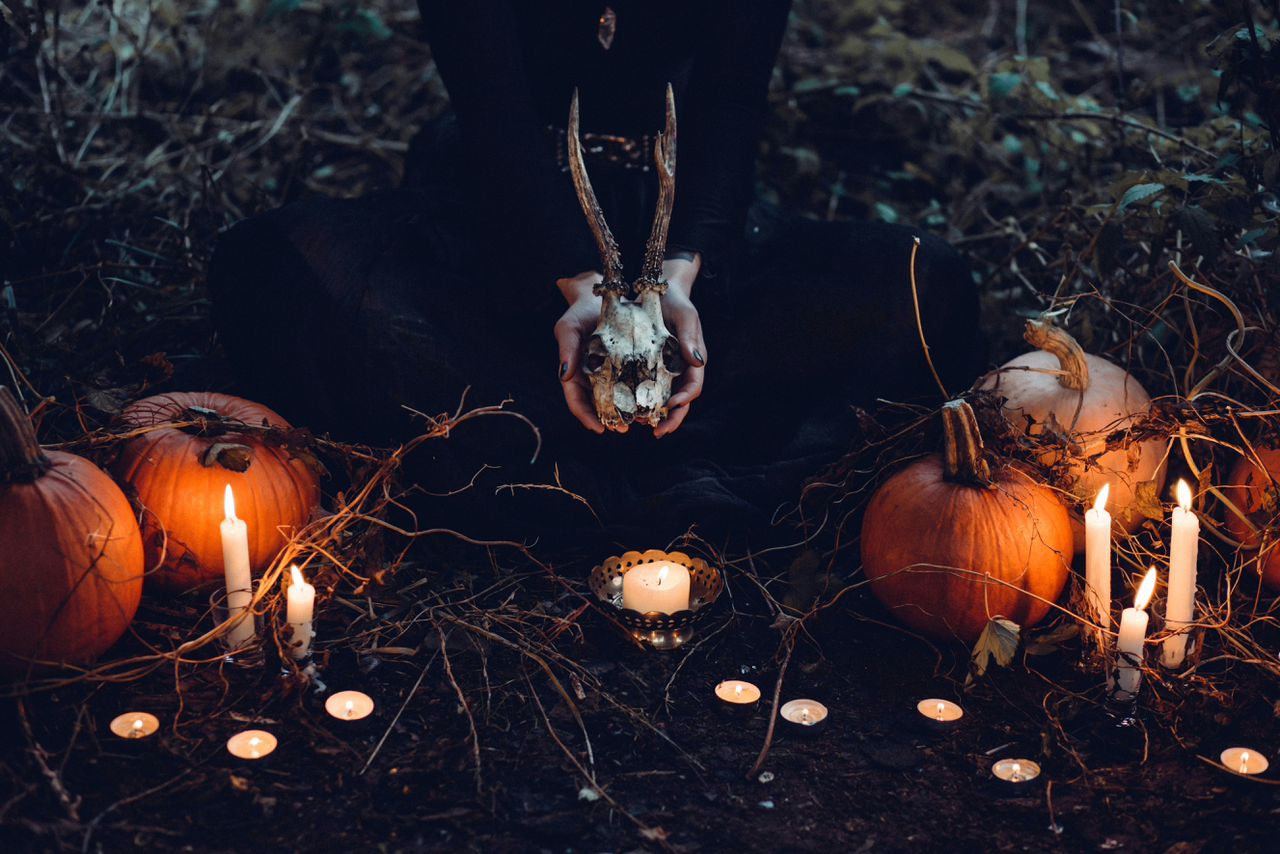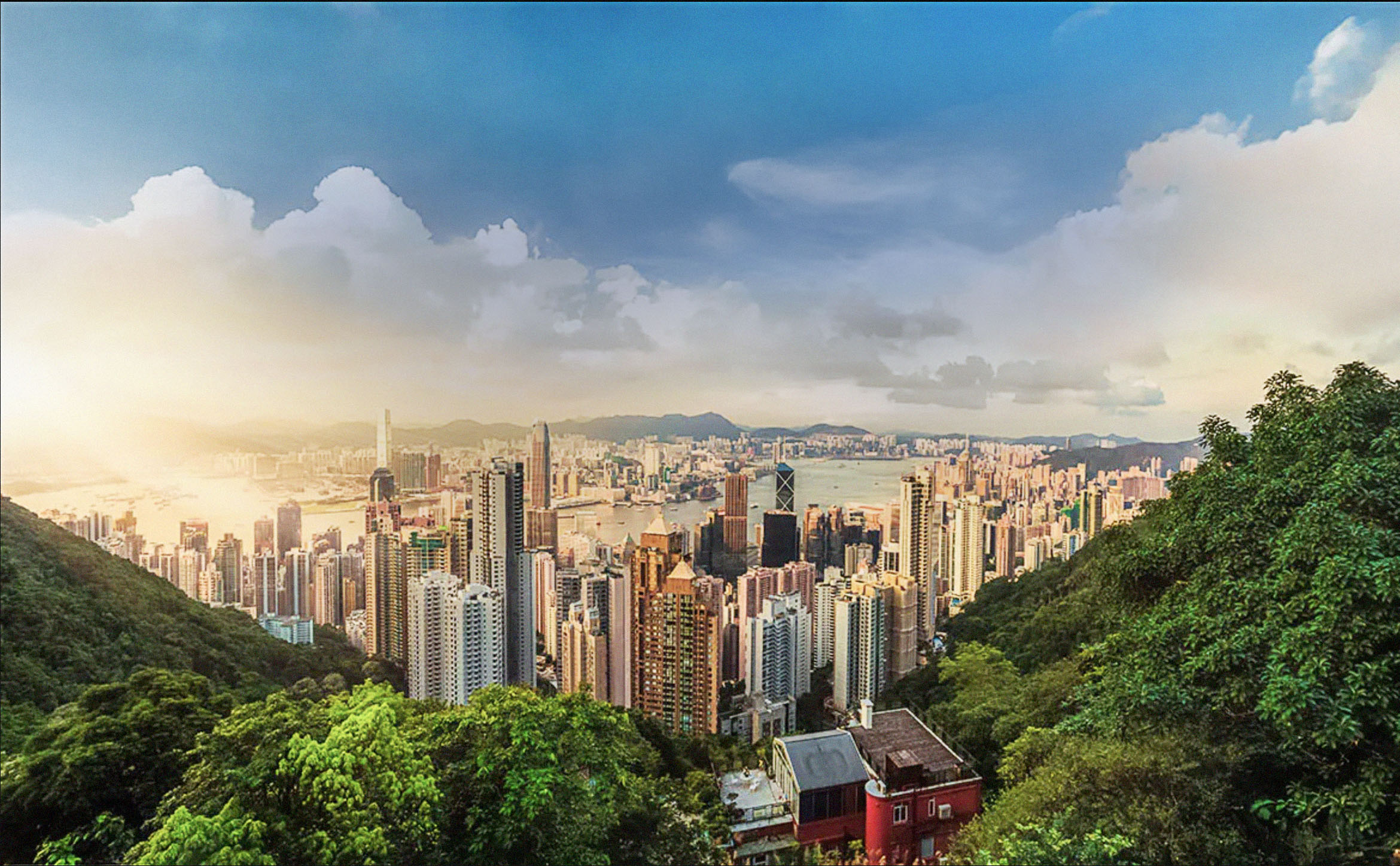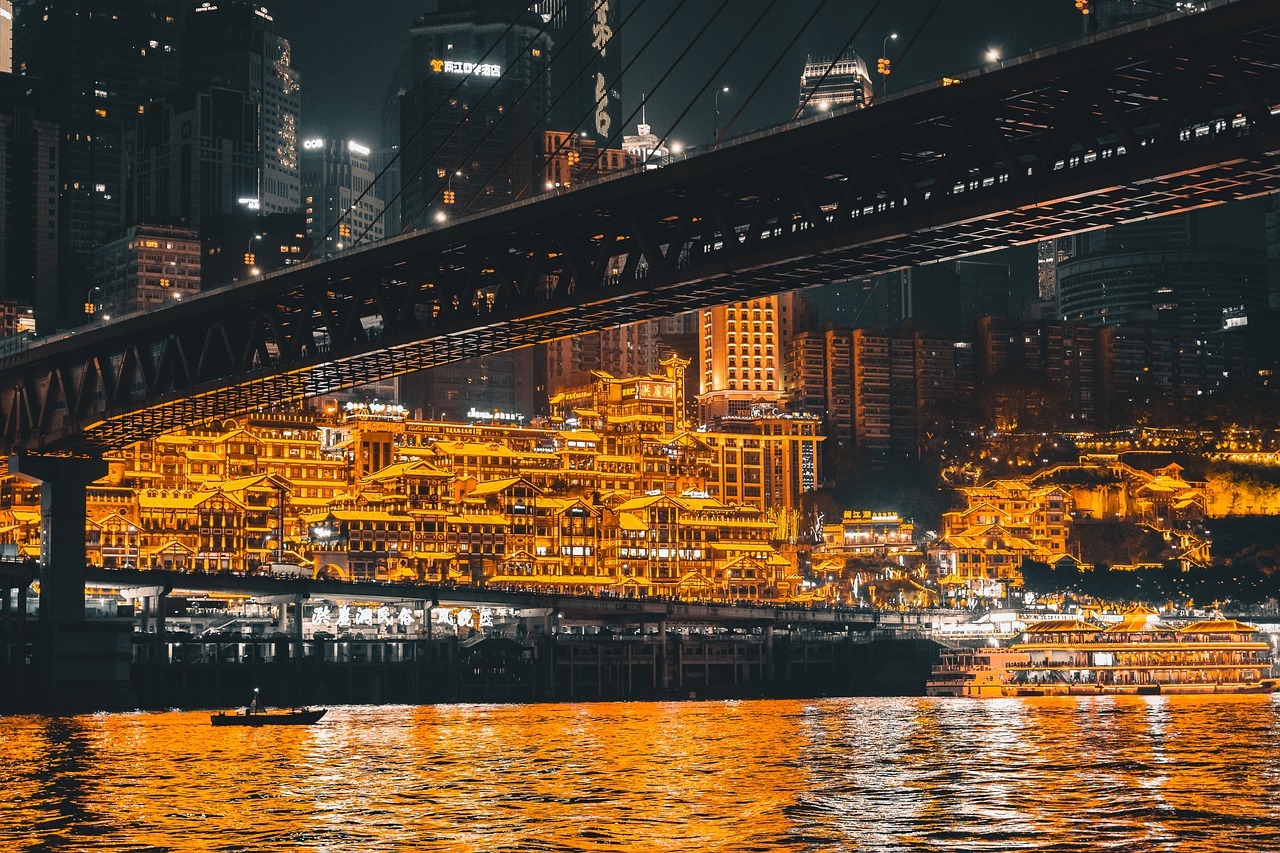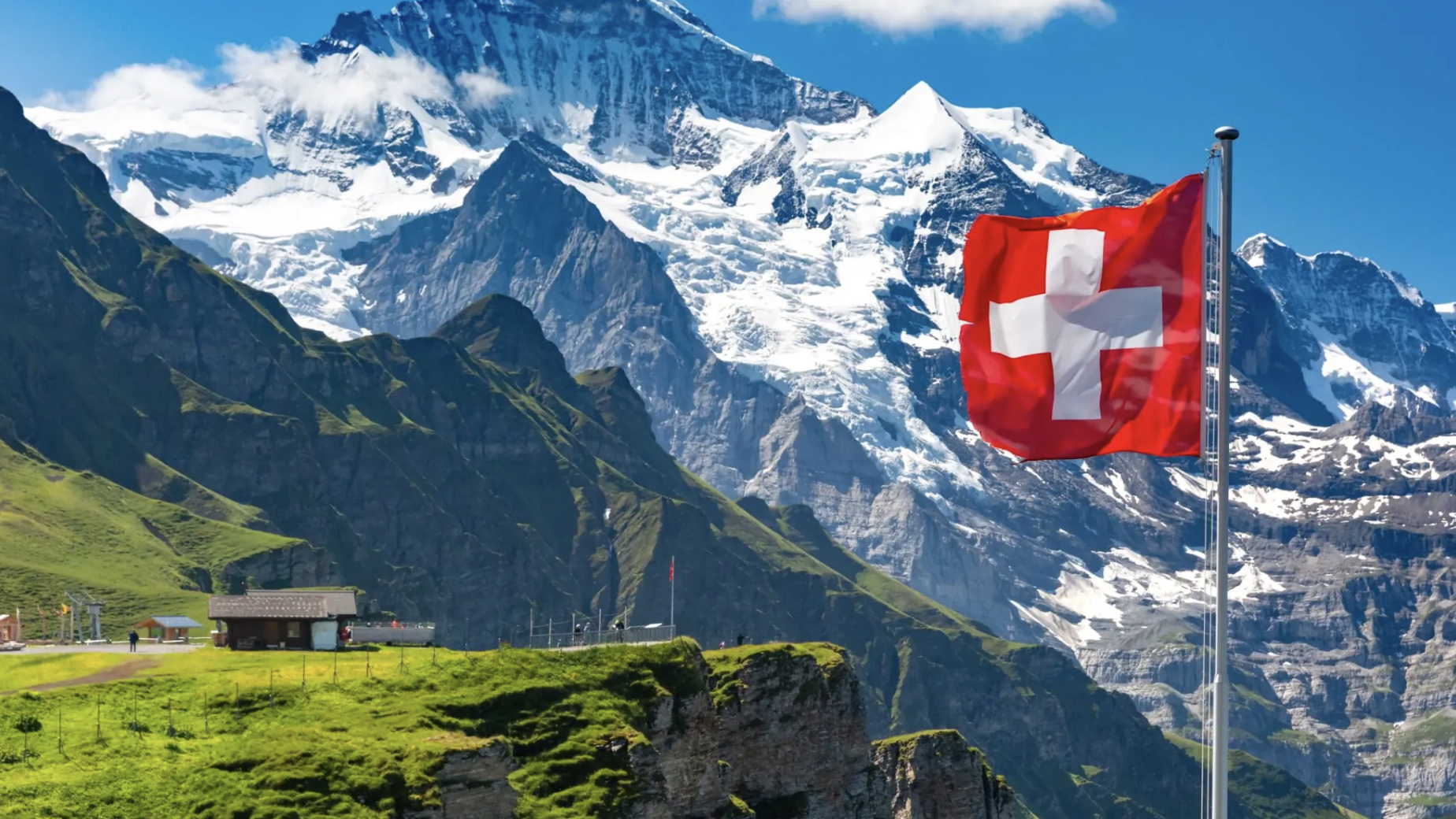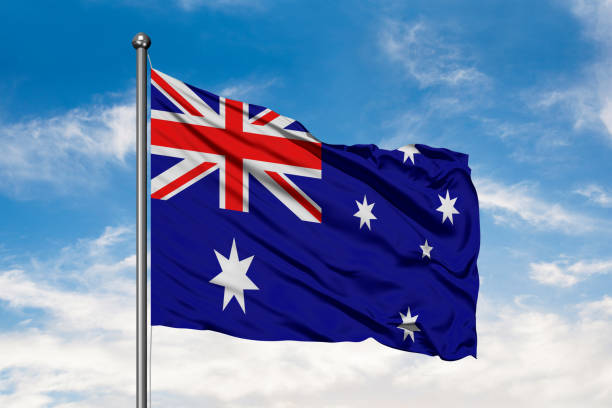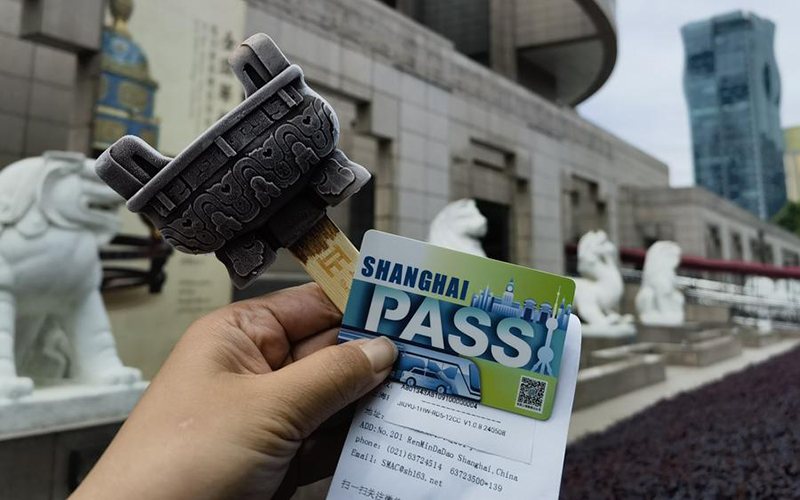A DIVERSE ARRAY OF ART AND DESIGN

Cementing itself as the home of world-class arts and cultural heritage, Melbourne, Victoria is fast growing as a hub hosting local and international exhibitions on a large scale. Drawing in visitors from all over, the Spring/Summer 2019-2020 season will see an impressive line-up of exhibitions touching on photography, fashion, contemporary art, traditional art to abstract art.
Some exhibitions to look out for this season include:

#1 Civilization: The Way We Live Now
When: 13 September 2019 – 2 February 2020
Where: The Ian Potter Centre: NGV Australia
In this increasingly globalised world, the exhibition explores representations of life in cities as its key theme and presents a journey through the shared aspects of life in the urban environment. The selected works create a picture of collective life around the world and document patterns of mass behaviour.
Featuring 200 original photographs of monumental scale and the work of over 100 contemporary photographers from Africa, the Americas, Asia, Australia and Europe, the exhibition looks at the phenomenal complexity of life in the twenty-first century and reflects on the ways in which photographers have documented, to the world around us.

#2 KAWS: In the Age of Loneliness
When: September 2019 – 1 March 2020
Where: NGV International
KAWS, aka Brian Donnelly (born 1974), is one of the most prominent and prolific artists of his generation. The exhibition entitled KAWS: Companionship in the Age of Loneliness foregrounds the emotional content of the artist’s work. Through his works, KAWS celebrates generosity, support for others and the deep need mankind have for companionship.
Representing someone who works across contexts and in hybrid and collaborative ways, KAWS’ work presents an antidote or rejoinder to the increasingly toxic nature of public discourse and social media, and division within and across societies. He reminds us that we need one another and that life should be lived as compassionately as possible to combat this ‘Age of Loneliness’, in the face of fear and hatred.

#3 Petrina Hicks: Bleached Gothic
When: 27 September 2019 – 15 March 2020
Where: The Ian Potter Centre: NGV Australia
Petrina Hicks: Bleached Gothic is the first major survey exhibition of photographer Petrina Hicks. Hicks photographs children, animals and young women against simple backgrounds, returning to the same models and motifs frequently to define and hone her distinctive style. Photographs that are notable for their duality; pristine and benign at first glance, the works are undercut with a sense of the uncanny. The tension between seduction and danger, familiarity and strangeness, intimacy and distance are present in many of Hicks’ works, rich with mythological and historical symbolism.
The exhibition will include more than fifty photographs and video works spanning the period 2003 to 2019. At a time when issues of gender and representation are more culturally relevant than ever before, Hicks’ photographs interrogate the cultural and visual representation of women and children in contemporary society and throughout history.

#4 Olympia: Photographs by Polixeni Papapetrou
When: 27 September 2019 – 15 March 2020
Where: The Ian Potter Centre: NGV Australia
This exhibition comprises photographs by Australian photographer Polixeni Papapetrou (1961–2018) of her daughter Olympia, covering the period from Olympia’s birth (1997) until the artist’s death (2018). Throughout this time, Olympia played a particularly important role in the artist’s image making, assuming the dual roles of model and muse, collaborator and champion.
After Olympia’s birth, Papapetrou began photographing her children, Olympia and Solomon, and later their friends. Rather than making Papapetrou’s world smaller, this apparently inward turn opened up a limitless world of play acting, imagination and storytelling. This exhibition surveys twenty years of Papapetrou’s practice and includes works from her best-known series, as well as rarely-seen, lesser-known images.

#5 Collecting Comme
When: 1 November 2019 – March 2020
Where: NGV International
Rei Kawakubo of Comme des Garçons is one of the most visionary and influential fashion designers working today. Her intent has always been ‘to make clothes that didn’t exist before’ and since the early 1970s Kawakubo has consistently challenged the ways people think about dressing. Collecting Comme celebrates the NGV’s expansive collection of Comme des Garçons designs, generously gifted to the institution by Mr Takamasa Takahashi from 2005.
A self-described ‘Comme tragic’ with a long history of collecting, Takahashi’s profound appreciation of, and emotional connection to, Kawakubo’s work permeates this exhibition, which considers both the historical and the personal significance of Comme des Garçons in cementing Kawakubo’s place within the history of contemporary fashion and the NGV Collection.

#6 Roger Kemp: Visionary Modernist
When: from 23 August 2019
Where: The Ian Potter Centre: NGV Australia
Roger Kemp is recognised as one of Australia’s pioneering and influential abstract artists. Following in the tradition of artists such as Piet Mondrian, Kazimir Malevich and Wassily Kandinsky, Kemp’s practice involves the use of motifs, symbols and structures that explore metaphysical ideals and states of being.
The exhibition explores his earliest paintings of imaginary landscapes and angular dancing figures, through his work of the 1950s – where the human form is transfigured and becomes part of an abstract structure. Roger Kemp: Visionary Modernist will also include a representation of Kemp’s later works – highly resolved paintings of the 1960s to 1980s. Kemp’s works from this period are charged with great emotional energy and are the pinnacle of an artistic and spiritual journey.

#7 Japanese Modernism
When: 28 February 2020 – 4 October 2020
Where: NGV International
During the first half of the twentieth century, Japan’s traditional art and aesthetics interacted with European life and culture, resulting in a pulsating era of Japanese modernism and the creation of Asian Art Deco architecture, paintings, prints, design and fashion. Its cities underwent major redevelopment and featured bustling streets filled with department stores, cafés, teahouses, movie theatres, ballroom dance halls and modern transportation that catered to a new generation of urban pleasure seekers.
The exhibition investigates the increasing socially liberated status of Asian woman with the inclusion of major works by young female artists of the era and will feature rare large-scale paintings by young Japanese artists and modernist colour prints produced with the refined techniques of traditional ukiyo-e. The exhibition also features fashion of the era, including women’s and men’s kimonos and related accessories.

